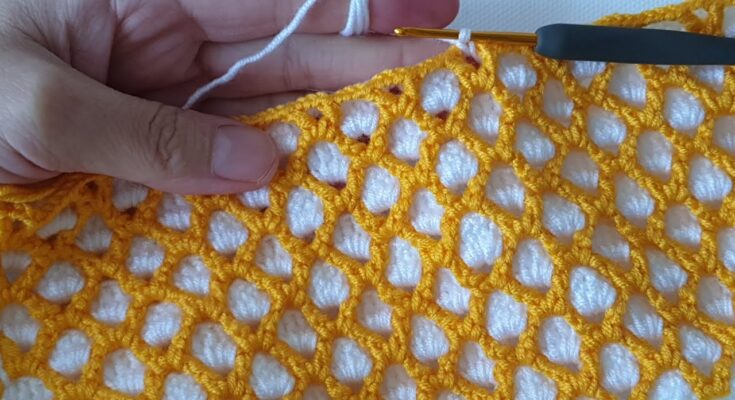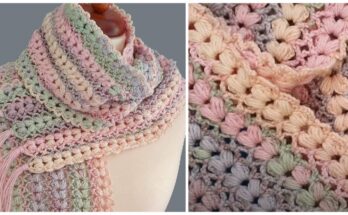Crochet is more than just a handicraft—it’s a medium where math, art, and tradition intersect. One of the most visually striking and mathematically intriguing patterns in crochet is the Honeycomb Model. Drawing inspiration from the natural geometry of bee hives, the crochet honeycomb model combines hexagonal tessellation with creative yarn work to produce captivating textures and designs. This article explores the honeycomb model in crochet, its variations, techniques, and applications in modern fiber arts.

What Is the Crochet Honeycomb Model?
The crochet honeycomb model refers to a pattern or technique that mimics the hexagonal structure of a honeycomb. Just as bees use hexagons to maximize space and efficiency in their hives, crocheters use this shape to create visually engaging and structurally sound projects.
In crochet, this model is typically achieved through either:
- Hexagon motifs that are joined together
- Textured stitch patterns that give a raised, honeycomb-like effect
Both approaches can be used for blankets, scarves, bags, home decor, and even garments.
Why Hexagons?
Hexagons are one of the most efficient shapes in nature, fitting together without gaps and using minimal perimeter for maximum area. In crochet, this makes them ideal for modular projects that can be expanded endlessly or rearranged for dynamic compositions.
From a design perspective, hexagons allow for:
- Versatile color play
- Bold geometric patterns
- Natural flow without harsh lines
Techniques Used in Crochet Honeycomb Models
- Crocheted Hexagons (Motif Style)
- Typically worked in the round from the center outward.
- Can be solid or open (lacy).
- Common stitches: double crochet (dc), treble crochet (tr), chains.
- Joined using slip stitch, whip stitch, or join-as-you-go (JAYGO) methods.
- Honeycomb Stitch Patterns (Textured Style)
- Mimic the look of hexagons using stitch combinations rather than individual motifs.
- Often use post stitches, bobbles, or interlocking crochet to create raised hexagonal shapes.
- Can be worked flat or in the round.
- Tunisian Crochet Honeycomb
- A unique variant that uses alternating Tunisian simple stitches (TSS) and Tunisian purl stitches (TPS) to form a fabric with a subtle, woven hexagonal texture.
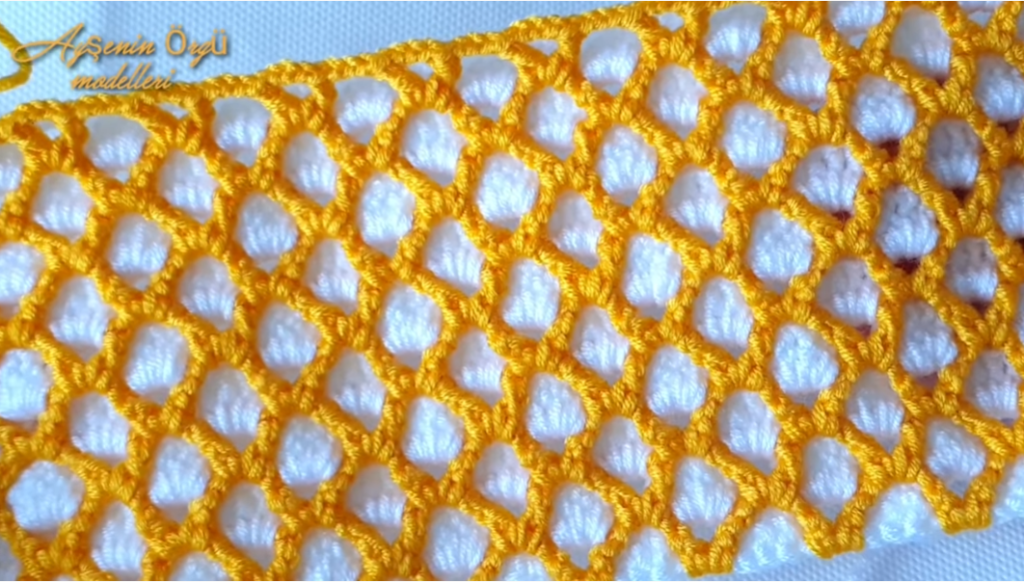
Let’s dive deeper into the step-by-step process of creating a Crochet Honeycomb Model, focusing on two popular approaches:
- Motif-based Hexagon Honeycomb
- Textured Honeycomb Stitch Pattern
You can choose based on the effect you want: modular and colorful (motif-based) or seamless and textured (stitch-based).
🧶 Option 1: Motif-Based Crochet Honeycomb (Hexagons)
This method involves crocheting individual hexagon motifs and joining them to form a honeycomb pattern.
🔸 Basic Solid Hexagon Pattern
Materials:
- Yarn (any weight, medium/worsted is ideal for beginners)
- Matching hook (e.g., 5mm for worsted weight yarn)
- Scissors
- Yarn needle for weaving ends
🔹 Instructions:
Round 1:
- Make a magic ring, or ch 4 and join with a sl st to form a ring.
- Ch 3 (counts as first dc), 2 dc into ring, ch 1 – repeat from * to * 5 more times. You should have 6 clusters of 2 dc, separated by ch-1 spaces.
- Join with sl st to top of starting ch-3.
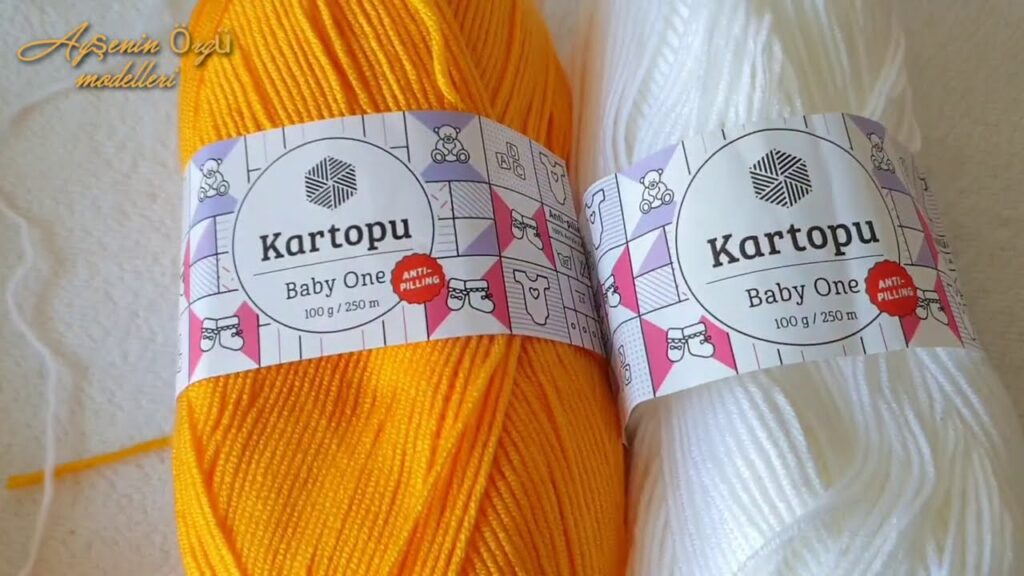
Round 2:
- Sl st into the next ch-1 space.
- Ch 3, dc in same space, ch 1, 2 dc in same space (first corner made).
- In each of the next 5 ch-1 spaces: (2 dc, ch 1, 2 dc) – this forms a total of 6 corners.
- Join with sl st to top of ch-3.
Round 3 (Optional – for larger hexagons):
- Sl st to next ch-1 corner space.
- Ch 3, dc, ch 1, 2 dc in same space.
- In next space between corner clusters: 2 dc.
- In next ch-1 corner: (2 dc, ch 1, 2 dc).
- Repeat around, alternating between side spaces and corners.
- Join and fasten off.
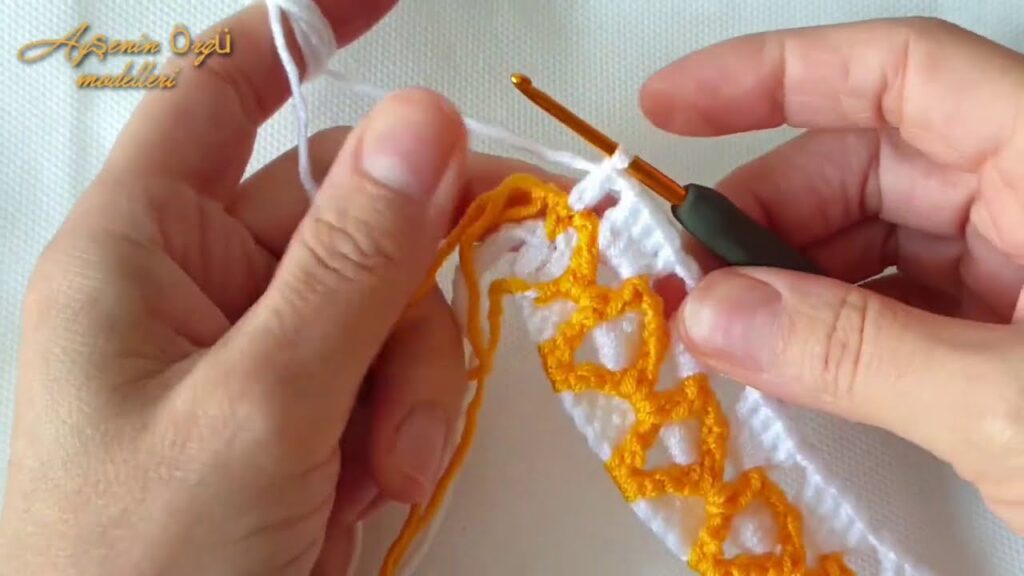
🧵 Tip: Use different yarn colors for each round for a beehive effect.
🔸 Joining Hexagons
There are several ways to join hexagons:
- Whip stitch or mattress stitch (sewn together)
- Slip stitch or single crochet join (crocheted together, creates a ridge)
- Join-As-You-Go (JAYGO): On the final round of each hexagon, join sides to adjacent hexagons with sl st in place of the final ch or dc.
🧶 Option 2: Honeycomb Crochet Stitch (Textured)
This is a continuous stitch pattern that mimics a raised honeycomb look, perfect for scarves, blankets, and sweaters.
🔸 Honeycomb Stitch (Post Stitch Version)
Materials:
- Yarn
- Appropriate hook
- Scissors and needle
🔹 Stitch Guide:
- fpdc = front post double crochet
- dc = regular double crochet
🔹 Pattern Instructions:
Foundation Row:
- Ch a multiple of 4 + 2 (e.g., 26 for practice).
- Dc in 4th ch from hook and across. Turn.
Row 1 (setup):
- Ch 2 (counts as dc), fpdc around next dc, dc in next dc, fpdc around next dc, dc in next dc – repeat to end.
- Turn.
Row 2:
- Ch 2, dc in next fpdc, fpdc around next dc – repeat. (This alternates the texture, creating the honeycomb look.)
Repeat Row 2 for the desired length.
🧵 Tip: This stitch works best with smooth yarn to highlight texture.
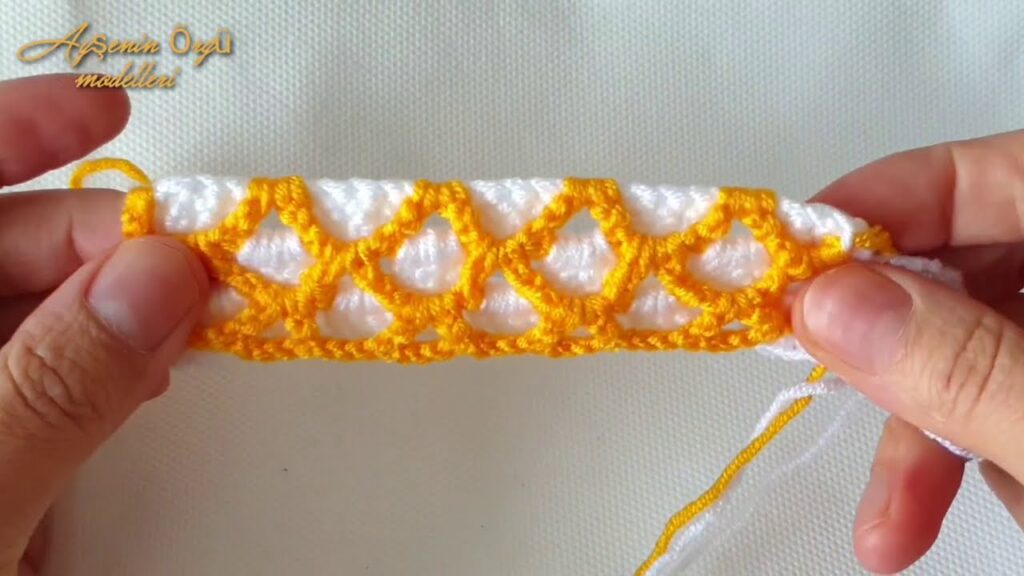
🐝 Bonus: Tunisian Crochet Honeycomb Stitch
In Tunisian crochet, the honeycomb stitch is worked with alternating Tunisian Simple Stitch (TSS) and Tunisian Purl Stitch (TPS).
Row setup:
- On forward pass: Alternate TSS and TPS
- On return pass: Standard return pass (yo, pull through 1, then yo, pull through 2 across)
Alternate the starting stitch on each row to offset and create a honeycomb effect.
🌟 Project Ideas
- Blanket: Use joined hexagons in yellows, oranges, and neutrals.
- Cushion Cover: One large textured honeycomb panel + back panel.
- Shawl or Scarf: Use honeycomb stitch or open hexagon lace.
- Wall Art: Mount crocheted hexagons on a canvas for a 3D effect.

📌 Final Tips
- Block your hexagons for uniform size before joining.
- Use stitch markers to mark hexagon corners when joining.
- Weave in ends as you go—hexagon projects can pile up!
Tips for Beginners
- Start with simple hexagon motifs in one color to practice shaping.
- Use stitch markers to help identify corners when working in the round.
- If using multiple hexagons, block each one to ensure uniform size and smooth joining.
- Watch for tutorials or crochet-alongs (CALs) online for guided help.
Video tutorial:
Conclusion
The crochet honeycomb model is a celebration of structure and style—drawing from nature, geometry, and the creativity of the maker. Whether you’re a beginner looking for a new challenge or a seasoned crocheter seeking inspiration, the honeycomb pattern offers endless possibilities. It’s a perfect blend of beauty and brains—just like the bees that inspired it.
